Unless it was a significant amount of dust on the camera lens or the mirror that it uses to look down into the imaging chamber I doubt that it would affect operations at all, as they only use the camera to ensure the sample is still in the tube prior to sealing it. But why else image it without a tube, it appears to be a waste of bandwidth as they acquired and then downlinked 20 tiles in all from the CacheCam. Hopefully the team will enlighten us soon why it was imaged, if not we can wait for the mission managers report in the PDS, those reports of often goldmines of information. The report covering sol 1324 activities should be available in the M2020 PDS (release number 12) scheduled to be issued on April 3, 2025 https://pds-geosciences.wustl.edu/missions/mars2020/index.htm
paulhammond5155
The imaging chamber was empty, but it captured some out of focus pebbles on the ground under the cache storage area (I assembled all 16 tiles) they first took a 16 tile image of the empty chamber back on sol 88. I assume that was an engineering checkout of the the camera.
I have an unusual guess as to why they imaged it. Not sure if you noticed, but there are motes of dust on the NavCam lenses, the motes are particularly noticeable in the all-sky images from sol 1323. I'm assuming that could have been the result of a dust devil, or we are in a particularly dusty area kicked up by the prevailing wind? Not sure if you also noticed we can no longer see the far rim wall of Jezero (due to recent increasing dust levels) If we've noticed, the team will have noticed as well, so they may have imaged the open chamber of the CacheCam to see if there is any dust on the mirror it uses, or the CacheCam camera lens. Maybe a little far fetched, but I often have an over active mind :)
The rover has just driven South (a short distance on 1324) and it is currently pointing East. It could be an intermediate waypoint in a longer drive, but why East? Expand my theory to moving the cameras away from the prevailing wind :) (active mind LOL)
EDIT The sol 1324 waypoint mentioned earlier was an intermediate waypoint, the remainder of the drive was to the West. Close to 100 meters and a climb of ~25 meters. Waiting for the formal data, will share ASAP
I wish they would release this sort of update more frequently :)
I hope the agencies that govern the space fairing nations continue to fund exploration to further our understanding of our solar system and beyond
What have they done with Ken
I heard reports of persistent banging on a locked storage room door at JPL, but strangely no one could find the key ;)
Can mean a lot of things, sometimes they could be metamorphic rocks. Basically they are interesting because this rover has not conducted any contact science on a white rock since arriving in Jezero crater. Only once they've completed an investigation will we know what type it is
His video titles are often clickbait, but on the whole I enjoy his content.
ICYMI - They just drove downslope to a field full of small white (light toned) rocks :)
I've not had the pleasure of visiting any of those analog locations, but I have thoroughly enjoyed visiting a few of the remote deserts in the middle East in my working years. Granted I was there for work, but did get to explore / enjoy the places during downtime :) I'm with you regarding the need to be sure of the environment before we put boots on the Martian surface, but that could have been done years ago, even decades ago. The 60's was an amazing time to witness what was being achieved. Hopefully there will be a similar period in the future. Time will tell.
Are we really passing up all those tasty-textured boulders on the hill??
It's certainly looking that way. I've wanted boots on the ground since the Apollo missions were completed. Certainly not going to happen in what's left before they nail down my pine lid. That's for the younger one's to experience...
It looks like it has been polished by eons of wind blown dust particles
Nicely done, I preferred the older JPL mission traverse maps as used on the early years of the MSL mission, as each waypoint and some of the larger features were labeled. I can only assume that the new style interactive maps can not cope with that level of detail.


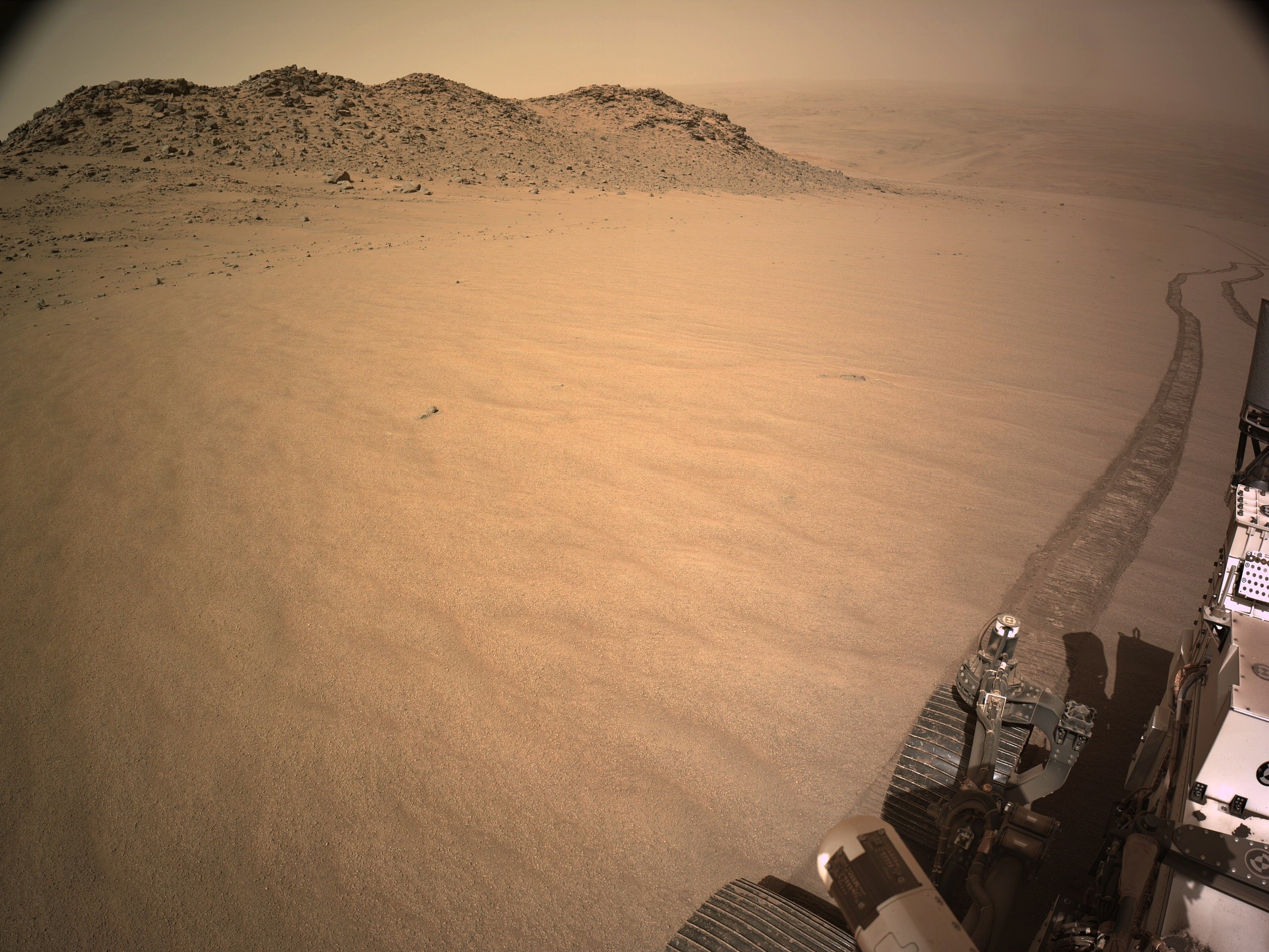
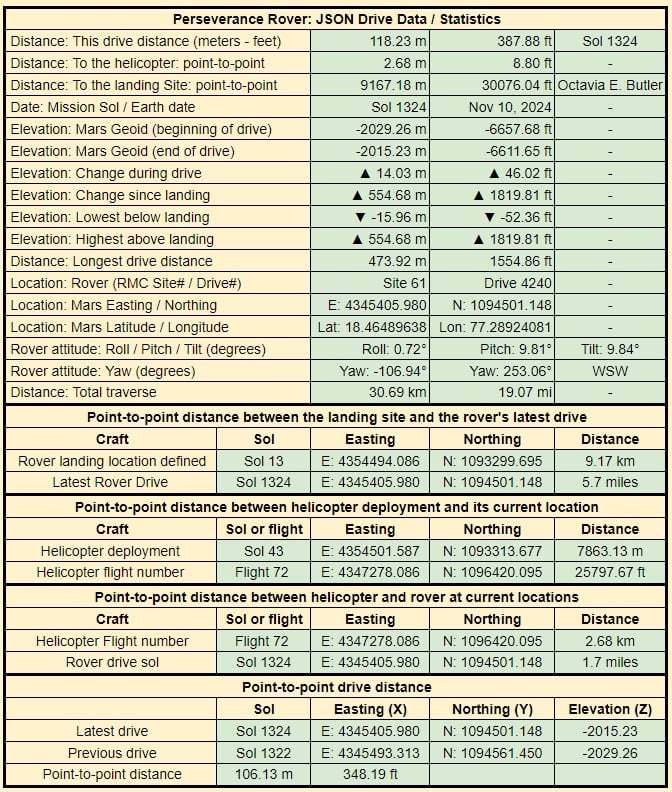
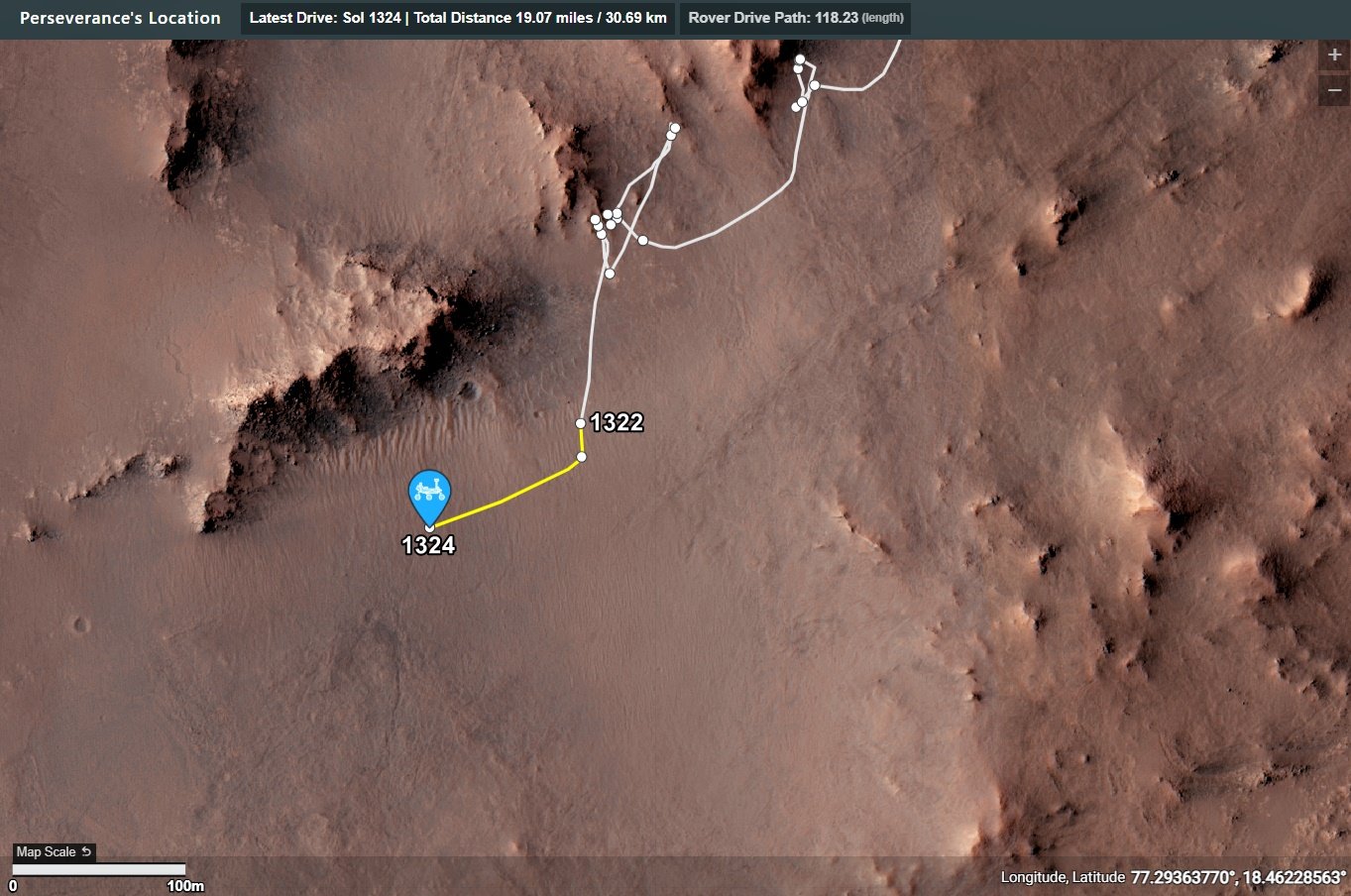
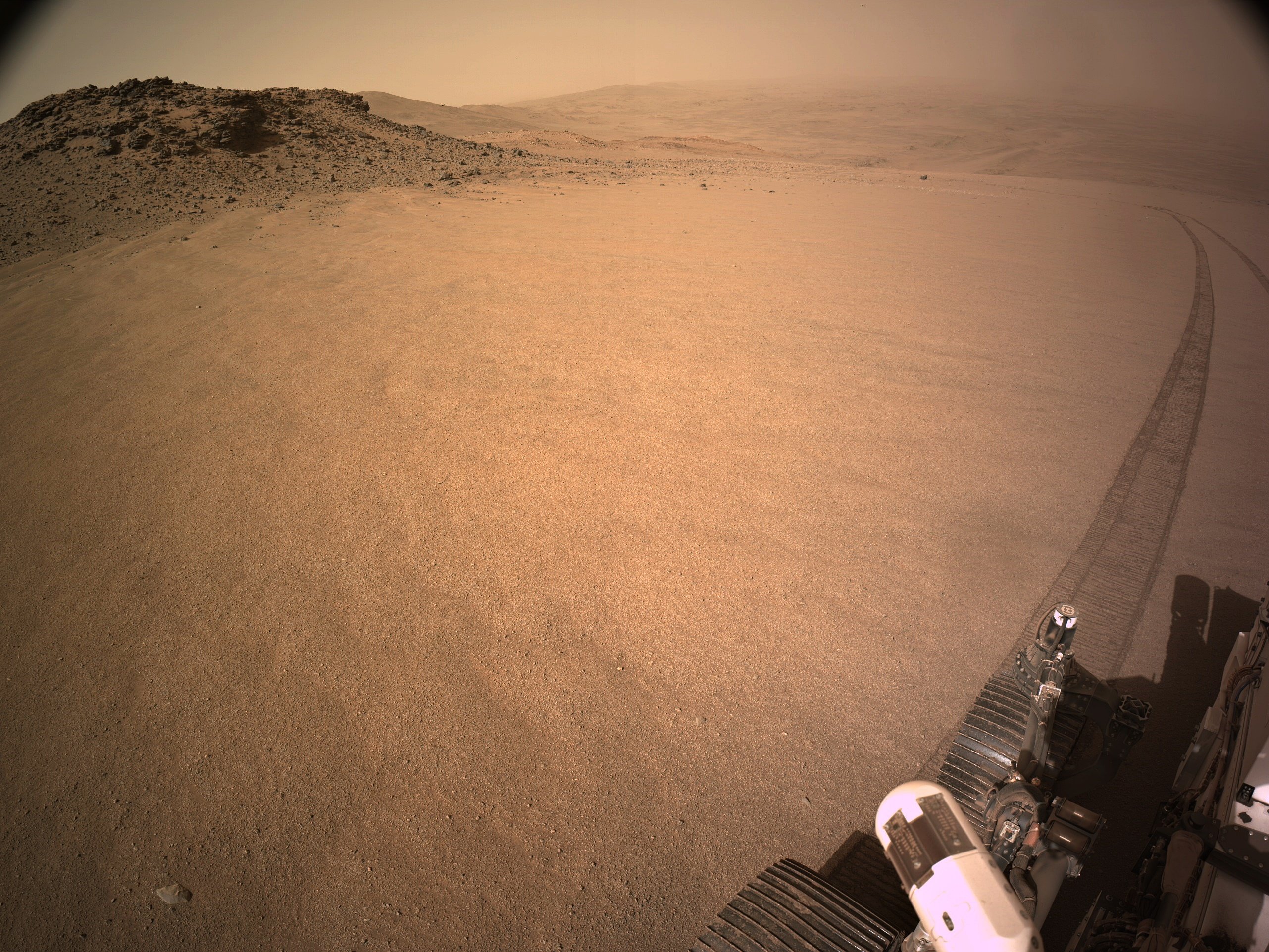


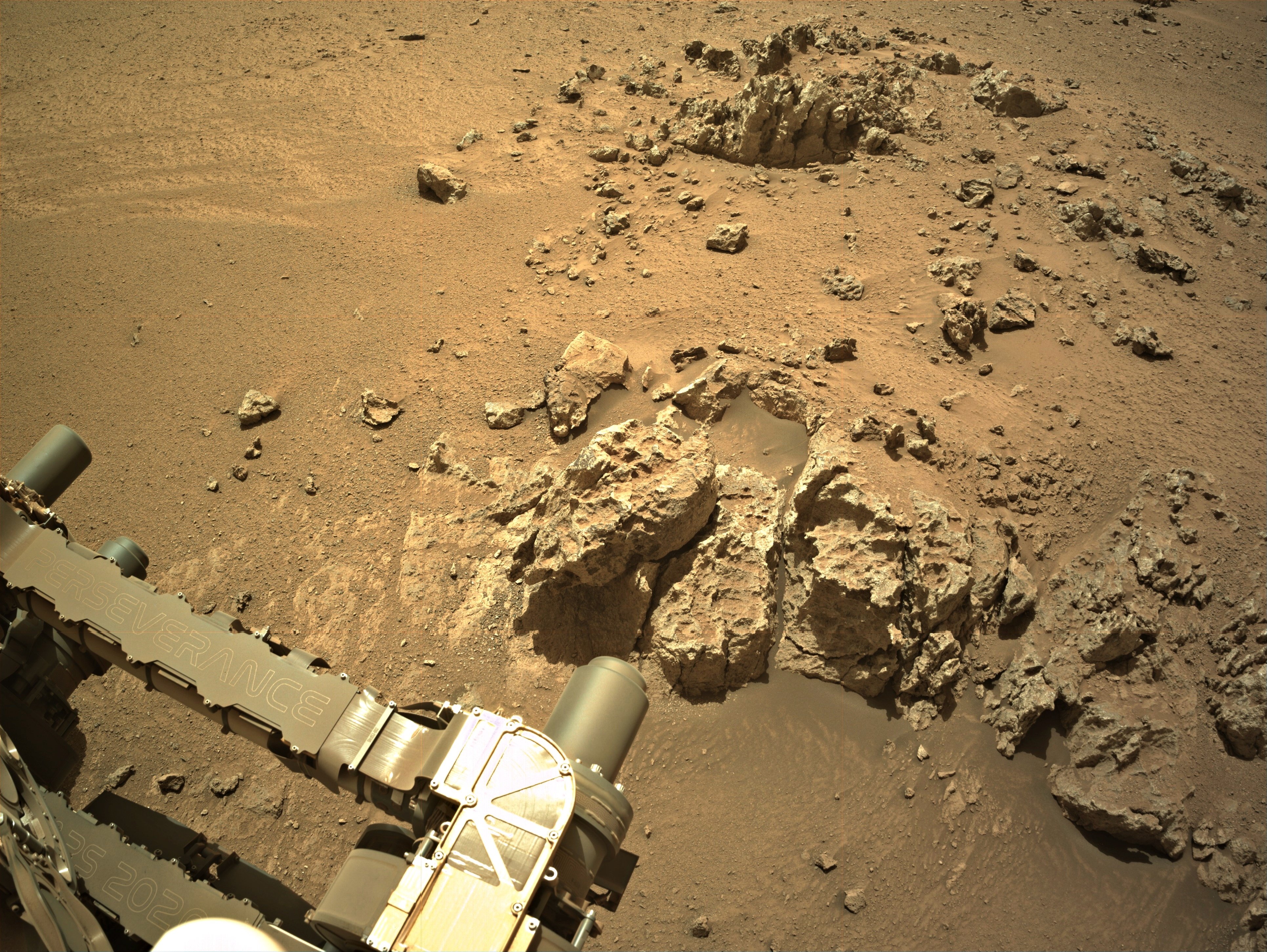
I was trying and failing to put this in my own words, then I found this plain English summary of this doc... link1
Key data returned from robots exploring the surface of Mars are the images they take of the landscape and rock formations. These are sent back to Earth for detailed investigation and analysis by the science teams. It is difficult to collect reliable measurements from photographs, as they do not truly represent the three-dimensionality of the features within them. In this paper, we present a new 3-D visualization software tool, PRo3D, which enables visualization of 3-D digital models of rock outcrops imaged by robots exploring the surface of Mars. These 3-D models are constructed from mosaicked photographs taken by the stereo panoramic cameras which are positioned on a mast on the rover. This provides a huge advantage to scientists who want to study and analyze the terrain and geology of exposed rock outcrops which surround the rover. Here we apply the tools available in PRo3D to sedimentological and structural analysis of 3-D Digital Outcrop Models of four areas explored by the Mars Exploration Rover Opportunity and Mars Science Laboratory Curiosity rover science teams and show that this method of 3-D visualization and analysis allows scientists to carry out important procedures that would be conducted in a terrestrial field geology campaign.
anther good read.... link2